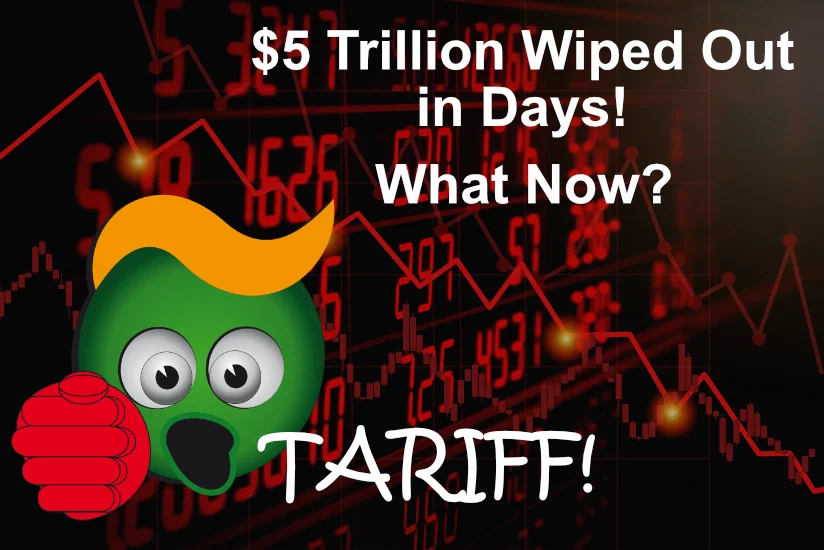Markets don’t like surprises—and in early April 2025, they got a big one.
President Donald Trump’s announcement of sweeping new tariffs on April 2 sent shockwaves through global financial markets. The reaction was swift and brutal, wiping out trillions in market value and rattling investor confidence. But amid the chaos, one timeless investing principle stood tall: diversification.
The Selloff That Shook the Market
In the two trading days following the tariff announcement:
- The S&P 500 dropped 10.5%, erasing nearly $5 trillion in value.
- The Nasdaq Composite slid over 20%, officially entering bear market territory.
- The Dow Jones Industrial Average fell by 9.3%.
Technology stocks, long market leaders, took a particularly hard hit.
- Apple plunged 15.9%, shedding over $500 billion in market cap.
- Tesla fell 36% in Q1 2025 alone, as tariff risks and supply chain concerns mounted.
The effects weren’t confined to the U.S. Global markets echoed the panic. European and Asian indices fell between 5% and 8%, as fears of a broader economic slowdown loomed.
Diversification: The Unsung Hero
When markets tumble, diversification can make the difference between sleepless nights and peace of mind.
Diversification means spreading your investments across different asset classes (stocks, bonds, commodities, real estate), sectors, and geographic regions. The idea is simple: not all investments respond to economic shocks in the same way. While some fall, others may hold steady—or even rise.
In this correction:
- Bond markets rallied, offering stability.
- Gold and other commodities gained as investors sought safe havens.
- Utilities and consumer staples proved more resilient than high-growth tech.
A diversified portfolio won’t completely avoid losses during a downturn, but it can soften the blow—and help investors stay focused on their long-term goals.
Emotional Resilience Through Strategy
One of diversification’s lesser-known benefits is psychological. Watching your entire portfolio drop like a stone can trigger panic selling—the worst mistake an investor can make during a correction.
A well-diversified portfolio spreads risk, reducing overall volatility and helping investors stick to their plan. As Peter Lynch once said, “The real key to making money in stocks is not to get scared out of them.”
Smart Diversification: Tips for Today’s Market
If recent events have you rethinking your portfolio, consider these steps:
- Mix asset classes: Include stocks, bonds, REITs, and commodities.
- Diversify within equities: Hold a range of industries, market caps, and both growth and value stocks.
- Go global: Add exposure to international markets.
- Use ETFs and mutual funds: Great tools for built-in diversification.
- Rebalance periodically: Keep your risk profile aligned with your goals.
Final Thoughts
Market shocks like this one are a powerful reminder: we can’t predict what the market will do—but we can prepare.
Diversification remains one of the best ways to protect your portfolio from sudden shocks, reduce overall risk, and maintain focus on long-term returns. Whether you’re a seasoned investor or just getting started, now is a good time to review your strategy, rebalance, and ensure you’re not putting all your eggs in one basket.
In an unpredictable world, a well-diversified portfolio is your best insurance policy.

